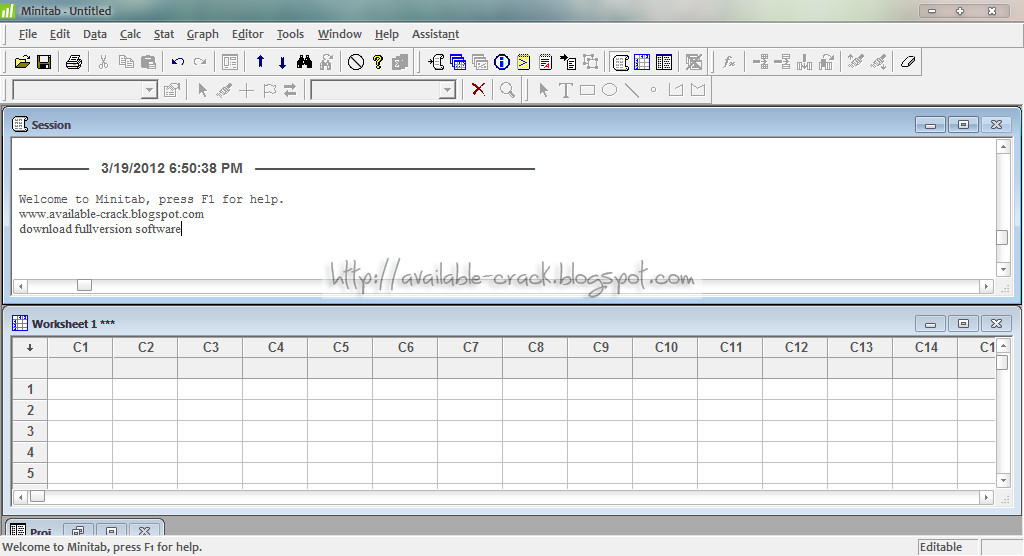
For example, if the field delimiter is a space, and the text value is John Smith, then the text value needs to be enclosed in text qualifiers. Text qualifiers are necessary only if the text value includes embedded field delimiters. From Text qualifier, select the character that delineates text values.Minitab interprets two consecutive separators as missing data. If you select Custom, enter a custom character. From Field delimiter, select the character that separates the values in the text file.The Open Text File dialog box displays a representation of the text file. For example, if the first three values in a column are Red red RED, and you select this option, the values are imported as Red Red Red. This option applies only to data in the columns, not to the column names. Correct case mismatches: Select this option to correct letter case mismatches in text columns by applying the capitalization of the first occurrence of a text value to all matching values in the column.Nonprintable characters may be embedded in text when you import text from external sources. Remove nonprintable characters and extra spaces: Select this option to remove nonprintable characters and extra spaces from text columns.Add missing values to make the number of rows the same across all columns: Select this option to add missing values to shorter columns so that all columns have the same number of rows.Do not import blank rows: Select this option if you don't want to import blank rows.For example, if you enter 999, Minitab converts all instances of 999 to the missing value symbol *. If your file does not follow these conventions, specify the missing value conventions for the Numeric columns and for the Text columns in the file. What values represent missing data in your file? Minitab uses * for missing numeric and date/time values, and a blank space for missing text values.





 0 kommentar(er)
0 kommentar(er)
